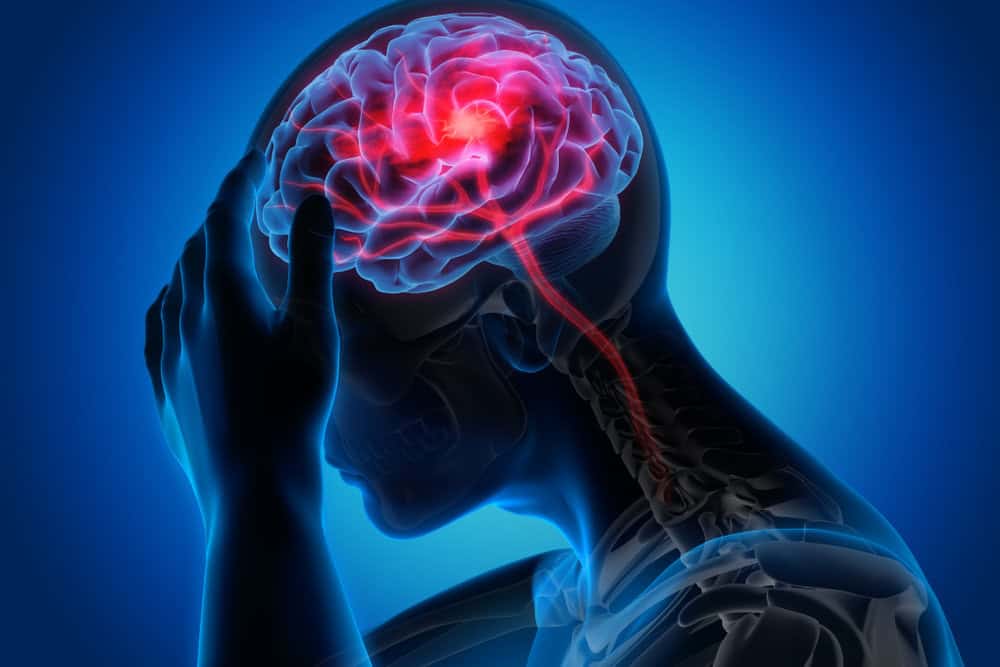
A 10-year-old boy was brought to a rural hospital ED via ambulance. His mother reported that he had been previously well when he suddenly complained of a severe headache.
He was found to be responsive with normal pulse and respiration. Blood pressure was elevated. His temperature was normal. There was no evidence of trauma. On arrival at the ED, there was no prior history of headaches.
The exam was positive for a rigid neck but no neurological deficits. The patient was quickly referred to a tertiary care center for further evaluation and management. CT scan showed a subarachnoid hemorrhage and a neurosurgeon was consulted.
Fortunately, most headaches are benign, the most common being migraines and tension headaches. There are several red flags for life-threatening conditions and this is very true for headaches, including those that come on immediately or so-called “Thunderclap Headaches.”
This type of headache may be a subarachnoid hemorrhage. It is important to clarify how quickly the headache came on. Patients may say it came on “suddenly,” but what they mean is it came on over a few minutes. Headaches that come on instantly like being struck by lightning are very suspicious for subarachnoid hemorrhage; however, sometimes patients with migraines will insist the headache came on that quickly also. Those patients will usually have a prior history of rapid onset headaches. It is important to see if this headache is different from prior ones.
Another red flag is that the headache is described by the patient as the worst headache of their life. This is also a hallmark of subarachnoid hemorrhage, as well as meningitis, but not specific to those conditions. I have seen plenty of migraines described that way.
A morning headache that progressively increases in severity over several days or weeks with associated symptoms of nausea, vomiting, and neurological changes would be suspicious for a brain tumor.
Fever associated with a headache is a concern for meningitis or encephalitis, although most times headaches with fever are due to URIs. However, if the headache is very severe or there is neck stiffness, a new petechial (non-blanching) rash (Neisseria Meningitis), or neurological changes, then meningitis is much more likely.
Meningitis can affect all ages. Fortunately, with the advent of immunization for Neisseria Meningitis we are seeing much less of that disease in the US. Which is good because that particular form of Meningitis rapidly kills. Today most cases of meningitis are viral, which is still very serious but more survivable.
Sometimes a headache will be accompanied by specific signs or symptoms that help with diagnosis. For example, imagine you are called to a home where the entire family is complaining of gradual onset of headaches, they might also be lethargic and appear to have increased redness of their skin. This would be a case of carbon monoxide poisoning. These patients need to be rapidly removed from the home and be administered high-flow oxygen.
A headache of gradual onset with gait disturbance, vomiting, and visual changes is often due to hydrocephalus. This is a build-up of CSF in the ventricles of the brain. It can be congenital or acquired with conditions such as brain tumors. It is seen mostly in infants or the elderly. In infants, it may just present with irritability or poor head control. This is not an emergency but does need to be urgently addressed.
EMS providers want to quickly identify life-threatening conditions. Many serious conditions have red flag signs or symptoms, which raise suspicion for serious causes. Knowing these red flags helps us provide timely care.


